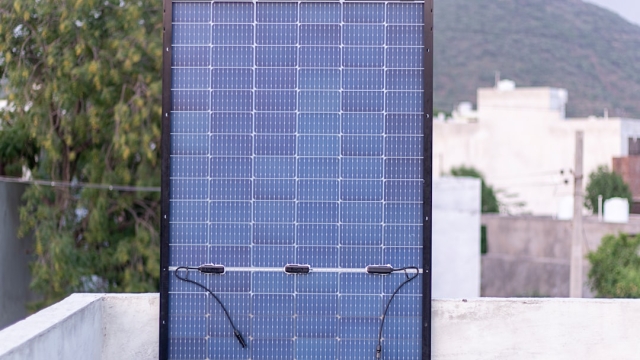
Overview of Renewable Energy Sources Renewable energy
Renewable energy sources are derived from natural processes that are continuously replenished. These energy sources are crucial for creating a sustainable energy future, as they reduce reliance on fossil fuels and contribute to a cleaner environment. In this article, we will explore the various types of renewable energy sources, their benefits, and practical applications, particularly in solar lighting and LED products.
Overview of Renewable Energy Sources
Renewable energy sources include solar, wind, hydroelectric, geothermal, and biomass. Each of these sources harnesses natural phenomena to generate energy. Solar energy is captured through photovoltaic cells or solar thermal systems, converting sunlight into electricity or heating. Wind energy relies on turbines that convert wind flow into energy. Hydroelectric power is generated by the movement of water, typically through dams. Geothermal energy utilizes heat from the Earth’s interior, while biomass involves converting organic materials into usable energy.
Benefits of Renewable Energy
The shift towards renewable energy sources presents numerous advantages. Firstly, they significantly reduce greenhouse gas emissions, helping to combat climate change. Unlike fossil fuels, which release carbon dioxide and other pollutants into the atmosphere, renewable energy sources produce little to no emissions during operation. This leads to improved air quality and a healthier environment.
Moreover, renewable energy sources contribute to energy security. By diversifying energy supply, countries can reduce their dependence on imported fuels, which can be subject to price volatility. This not only stabilizes energy costs but also enhances national security.
In addition to environmental benefits, renewable energy can lead to substantial cost savings over time. Although initial investments in infrastructure may be higher, the ongoing operational costs are often lower than those associated with fossil fuels. Furthermore, many regions benefit from government incentives and subsidies aimed at promoting renewable energy adoption, which can offset initial costs.
Applications in Solar Lighting and LED Products
One of the most visible applications of renewable energy sources is in solar lighting. Solar-powered lights harness sunlight during the day, storing energy in batteries for use at night. These systems are ideal for outdoor lighting in parks, pathways, and residential areas, providing illumination without increasing electricity bills or requiring extensive wiring.
LED products also benefit from the integration of renewable energy sources. LED lights are energy-efficient and can be powered by solar panels, making them an excellent choice for sustainable lighting solutions. For example, solar-powered LED streetlights can illuminate public spaces while reducing energy consumption and operational costs for municipalities.
When considering the use of renewable energy sources in solar lighting and LED products, consumers should evaluate their energy needs and available sunlight in their location. Choosing energy-efficient designs and proper installation can maximize the benefits of these renewable systems. Additionally, many manufacturers provide options for solar lighting that are specifically designed for various applications, offering versatile solutions for both residential and commercial settings.
| Type of Renewable Energy | Key Feature | Common Use |
|---|---|---|
| Solar Energy | Photovoltaic cells | Residential power generation |
| Wind Energy | Turbine technology | Electricity generation |
| Hydroelectric | Water flow | Large-scale power generation |
| Geothermal | Earth’s heat | Heating and electricity |
| Biomass | Organic materials | Fuel and energy production |
In conclusion, renewable energy sources play a vital role in shaping a sustainable future. By understanding their benefits and applications, such as in solar lighting and LED products, individuals and communities can make informed decisions that promote environmental stewardship and energy efficiency. For more information on integrating renewable energy into everyday life, resources are available that provide guidance on effective implementation.


